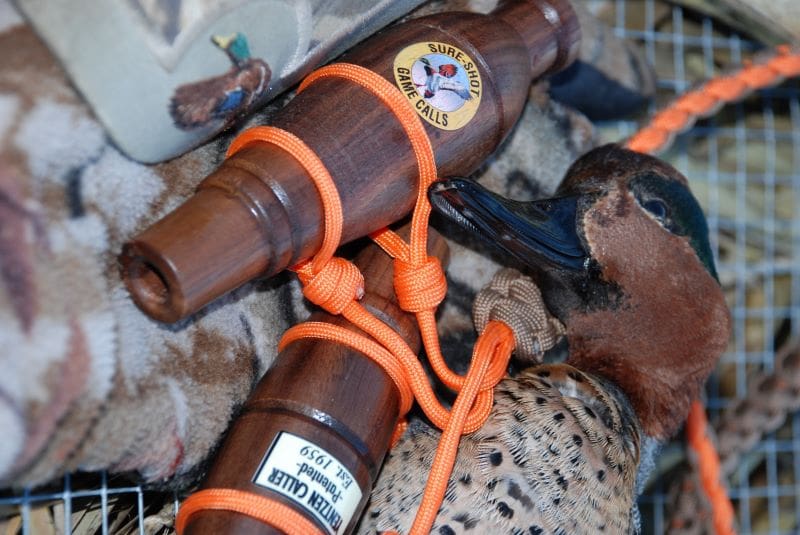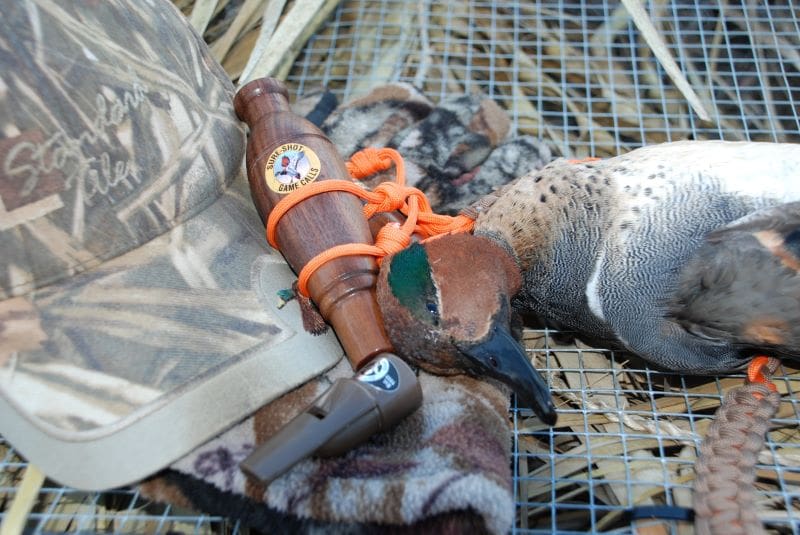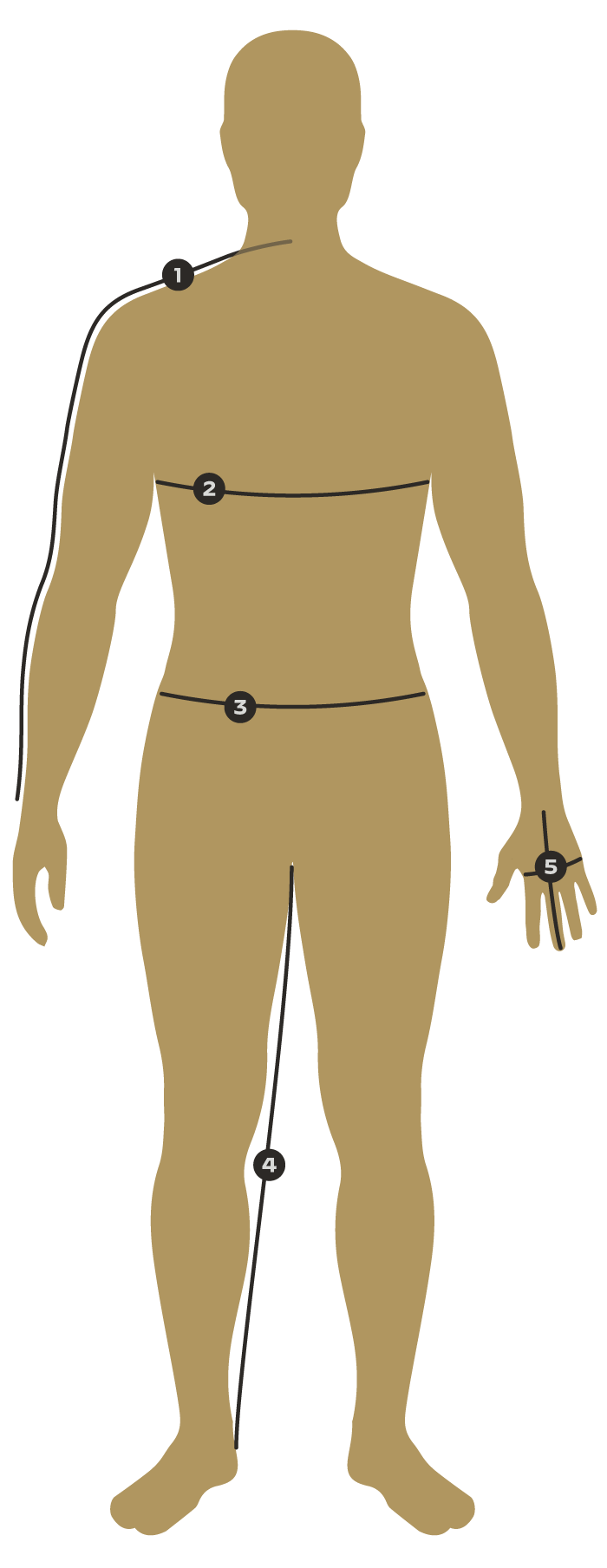I am quite sure it was consummate sportsman and conservationist Nash Buckingham who once said, “The duck call is the best conservation tool ever invented for ducks. In the hands of an expert, ducks can be called into an easy, sure-killing range where drakes can be easily identified from hens. In the hands of a novice, the hunter will see mainly the east end of a duck head west.”
Most waterfowlers fall somewhere in between when it comes to calling expertise. The difference may not be readily apparent. Fresh birds might pour into the decoys like they were their long lost friends with an average hail and greeting call and give you a false sense of your abilities. Give these same birds a week or two of higher education, and a loud, raucous hail call will send them hightailing for the next county.
Overcalling is probably the number one reason waterfowlers don’t put more birds in the bag. Think of a duck call as a tool for completing the illusion. Obviously the ducks have seen you decoys and they look interested. Calling should just confirm what they already suspect- there are some happy, feeding ducks down there. Ducks that have been in the area have heard it all. Migratory birds are a little more susceptible to calling. Having a lifelike decoys spread, be properly concealed and staying still are more important than calling. Calling should be viewed as the coup de grace.
Applying the coup de grace is tricky. You want the ducks to respond and think they’re missing out on a party and come in with feet dangling. When you have them on the hook, you want to keep them interested. That might mean louder more pleading calling in the beginning and more excited, urgent calls as they get closer, but with less volume. It’s a slippery slope.
Successful calling can be as simple knowing when or when not to call. Keep your call at the ready. If the ducks are circling, looking, acting interested, shut up. But the second they seem indecisive, disinterested, ready to leave give them a couple excited greeting calls. Wait too long and they’ll be gone.
We all like to have ducks feet down over the decoys, but there are times when a good passing shot is all we’re going to get. Calling at just the right time to get ducks to circle over you might be the best opportunity you’re going to get, especially late in the season. Birds that are directly upwind can be convinced to make a pass over you with an excited greeting call. Make the most of your opportunity.
Cadence, volume and frequency are key to calling ducks. Don’t get stuck in a rut. Make sure you’re mixing things up when working birds. Adapt your call to the weather conditions. When it’s nasty and blowing you may need to blast away to get a flock’s attention. On a calm, still day you will have to tone it down, cup the call to muffle it and use more subtle hen quacks and chuckles. One size doesn’t fit all.
Not all ducks sound the same. You shouldn’t ether. Keep a couple different calls handy. Watch the ducks and switch between calls to determine which tone or sound they like best. It’s always good to have more than one call anyway in case one freezes up or malfunctions.
Just like a violinist has their favorite violin, a waterfowler is going to have their favorite call. It’s a mistake though to not try other calls. You may get accustomed to blowing a certain call, but you should try others to expand you horizons. One call might be perfect for close-up work and another might be better for volume. One call might be better for blasting away at distant birds. You might like a double reed versus a single reed and vise versa. You’ll never know if you don’t try other calls.

A great place to try a wide variety of calls is at your local waterfowl festival. Usually there’s a host of call makers in one location then and you can try out a bunch of different calls. Talk to the makers about what makes their calls special or where they feel their strengths are and then blow them. Like Goldie Locks you’ll find one, or two, that are just right.
Compare call materials. Some like wooden calls; others like acrylic. Each has its own virtues. Again, try them both and see which you like. Don’t be afraid to try something different.
Not all ducks quack. If you’re accomplished at waterfowl identification and identifying ducks on the wing, a whistle used at the right time can coax ducks like widgeon, pintails, shovelers and teal into shooting range because you’re speaking their language. Mallards are use to hearing the chirps, whistles and peeps that these ducks make too and using a whistle in conjunction with your mallard call can be a confidence call, especially on calm days.
Practice makes perfect. It’s great to start out with a mentor who can show you how to grip the call and generate the backpressure that it takes to create the sounds, but when it come right down to it everyone calls differently. We each need to create our own style and sounds and the only way to do that is practice. Go down to the local park and listen to the ducks. There’s no better teacher than the real thing.

